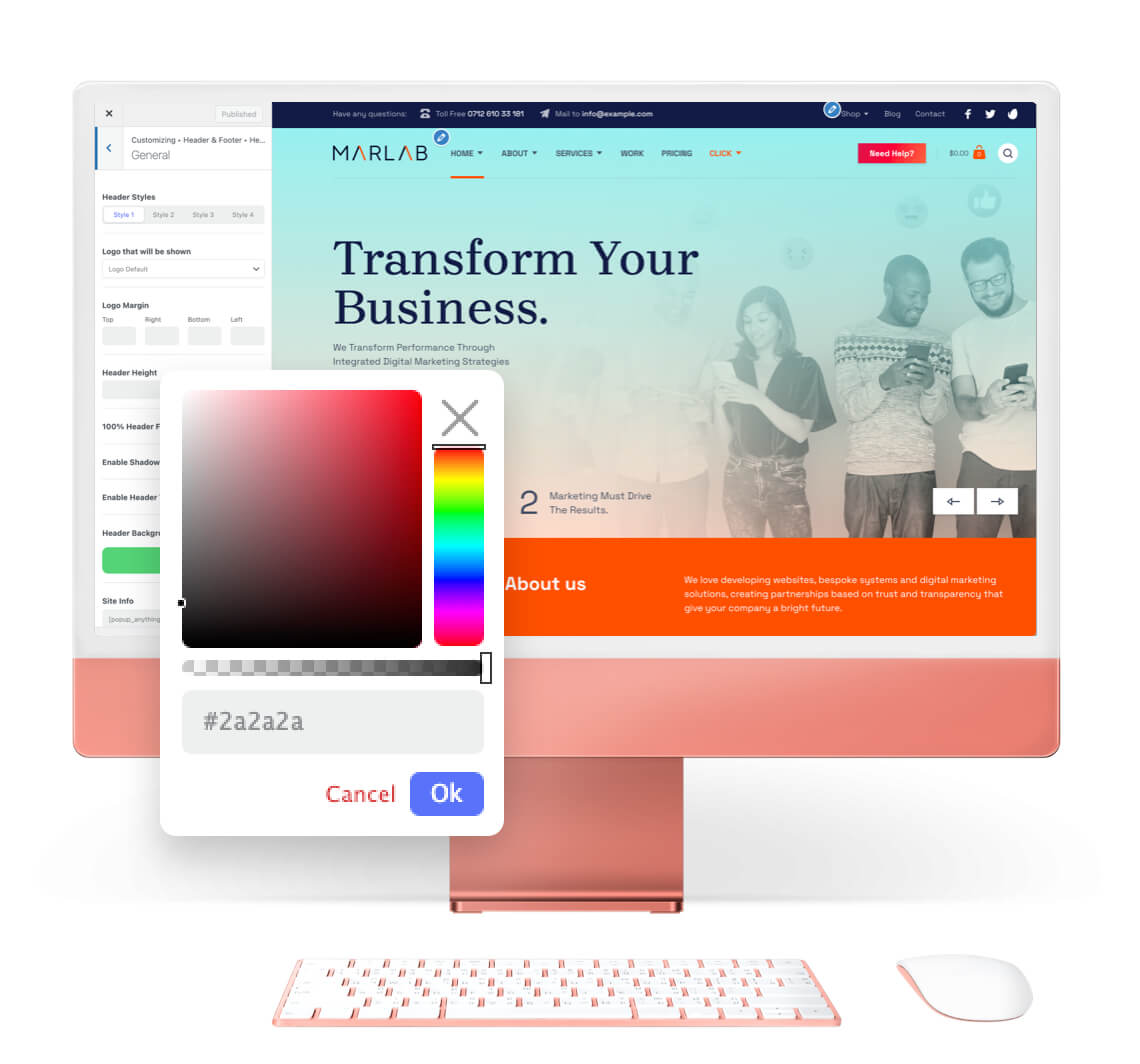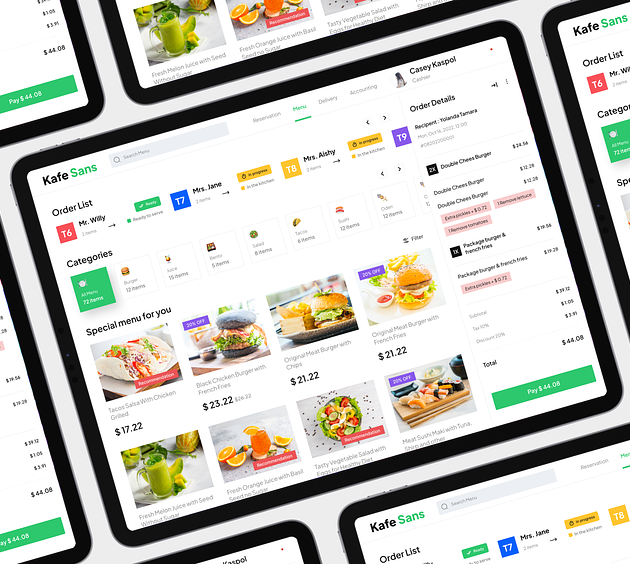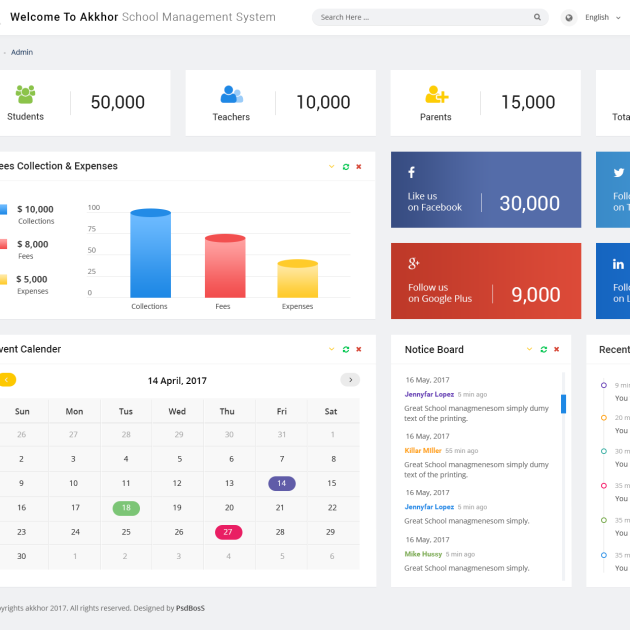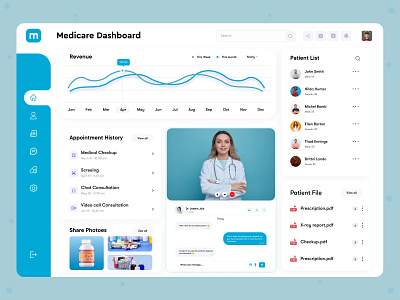
Are you running a business for a long time but still haven’t been to the online route? Do you want to take your business to its next stage of success? Do you want to create a website right from scratch or revamp your existing one? Whatever field or industry you want your website to be built in, with our qualified web developers and designers at MarLab you will find web solutions that go beyond your expectations in terms of performance and usability.
We understand the importance of having an engaging website in today’s digital era and make sure to incorporate all digital marketing aspects like SEO, PPC, content marketing, and more to yield outstanding results.



